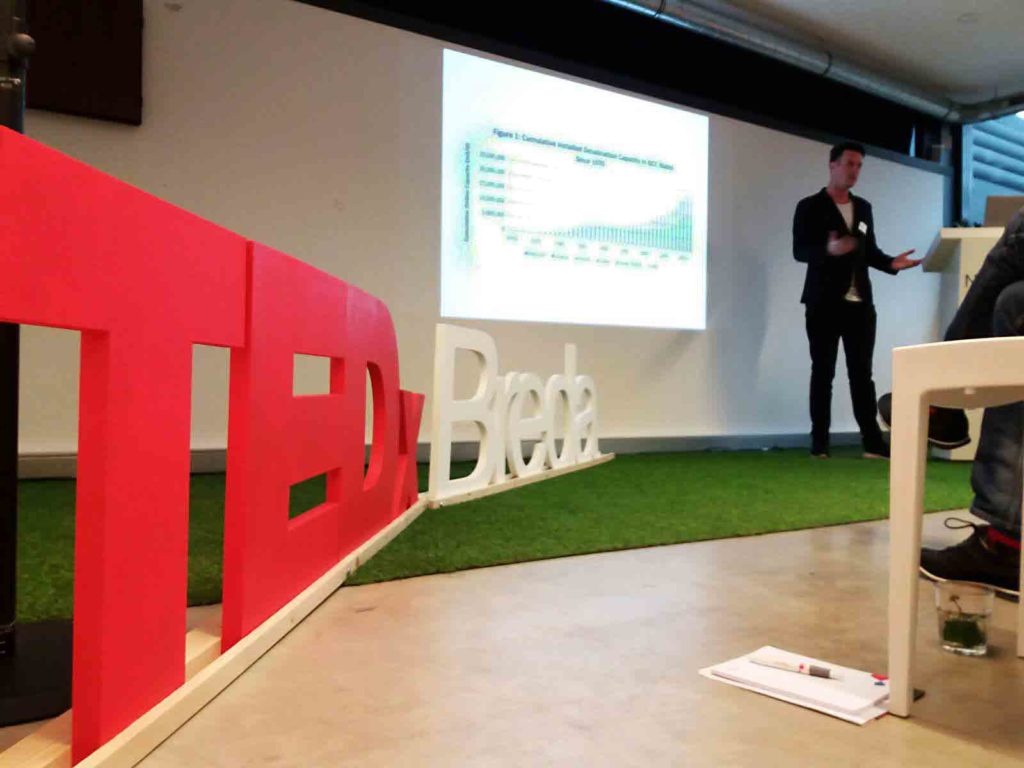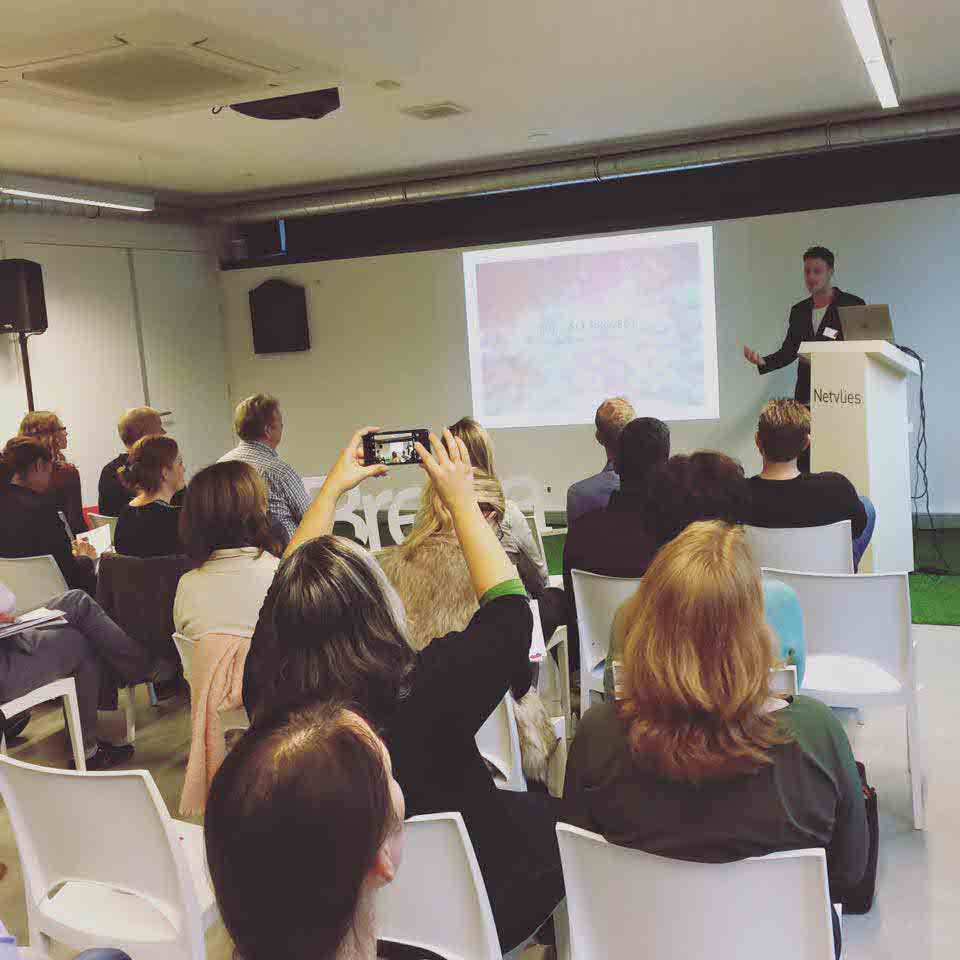On the first of December, TEDxBreda organized a side event with Netvlies Internetdiensten at their office in Breda. Netvlies is a proud partner of TEDxBreda and has developed our website with great care and enthusiasm. To make our partnership even better, together we decided to host the first side event after TEDxBreda 2016.

Different partners and sponsors have been invited to the event, on which different inspiring talks are being held. The partners and sponsors are taken really good care of during the whole event, with drinks and snacks in the professional but cozy office building of Netvlies. The event is kicked off by Menno van Rosmalen, who also hosted the main event of TEDxBreda. He happily thanks all partners, sponsors and volunteers, as the main event and side events won’t be possible without them: “I am really proud of TEDxBreda 2016, with the event, we try to connect the local community with global inspirers.” Menno adds: “With this event, we like to thank Netvlies for the work they’ve done for our website, they are incredibly helpful to us and our partnership is really exciting.”
After this warming talk, the first speaker of the day is announced. Erik Geboers is an architect and who has studied at the TU Delft. He is trying to inspire the world by finding a solution to a global problem: the lack of fresh water and the surplus of salt that is produced by desalting sea water. “Salt used to be really valuable. In fact, the word ‘salary’ stems from the word ‘salt’. Across the world, salt is forming problems by crystallizing when water evaporates too fast”, Erik tells us. This crystallization mainly takes place during the desalt of seawater, which creates even salter seawater: this leads to a self-fulfilling prophecy. The current lifecycle of salt isn’t closed, and with my project Erik tries to close this circle: “By taking salt through a very complex physical and chemical process, we try to make salt usable for architecture. Small salt grains can be used to creating quite strong materials, which can be made water-resistant by covering them with wax.” Erik has been nominated and won several prices with furniture he made from salt by implementing this process. He combines the strong characteristics of salt with different architectural techniques to make even stronger constructions, which can even be used to build houses.
This really inspiring talk on using waste, as salt is approached by a lot, for producing whole new things, is followed by a break. In this break all attendees are able to talk with each other and also meet people from Netvlies. Next to this, Wijnand Geuze from LINKfotografie has set up a studio to take professional portraits, just like he did during the main event of TEDxBreda. This is really appreciated by all his visitors as Wijnand is inspiring visitors by taking professional portrait photos and giving them tips to show their best posture.
After a lot of people have taken their best portrait shot, the side event continuous with a talk from Natalie Anceaux. Natalie is an expert on marketing and communication and even has her own company in this sector. Her company focuses on brand marketing, campaign management, online marketing and social media. “Marketing can be so much more beautiful as it is now”, Natalie tells us. This starts by bringing the internal and external customer together.It is important they both know why a company is doing what it is doing: “We need to build a bridge between the goals of the organization and the needs of the customer. Winning the external customer has to start internally by knowing why dowe do the things we do!” Seduction is a great part of marketing. Not only the seduction of the customer, but of the employees as well. This is where the snowball effects kicks in: “If you make marketing popular with a couple of employees, the whole company will get enthusiastic. Everyone has to participate, as the image of the company can be destroyed by one employee.” As a support for what Natalie is telling us, she closes her talk by showing us a part of a really inspiring TED talk of Simon Sinek, which states: people don’t buy what you do, but why you do it.
The last talk of the event is held by Philip Lomans, board member of Netvlies. In his talk, he translates his personal journey across the world to the journey of Netvlies, which the company has been on over the last few years. Philip: “It’s important to pause and reload as an organization. But in the market we are operating in, exponential change doesn’t always allow to pause. That’s why are combining an inside-out approach with an outside-in approach.” At Netvlies, a lot of trust is present among the employees. The organization therefore doesn’t exist of hierarchical levels. “We believe in our employees and the intrinsic motivation. This motivation is one of our core values”, Philip states. At Netvlies, Philip and other team members try to use the current (technical) possibilities to enable their people to do what they do best. In their approach, they see behavior as the output of the process as way more important than the knowledge the process uses as input. Philip continues: “Instead of a top down approach, in which only a business leader gives feedback, we test and judge each other with a peer-to-peer approach. Our organization is an open platform, not a closed hierarchy, and it works as an ecosystem, as everything is dependent of each other: talent, behavior, transparency.”
All in all, the side event was really fun, inspiring and successful. After the final talk, people were glad to talk with each other about everything they had heard and even some new connections between people and companies were made. This is exactly what Netvlies and TEDxBreda tried to accomplish with the side event!






